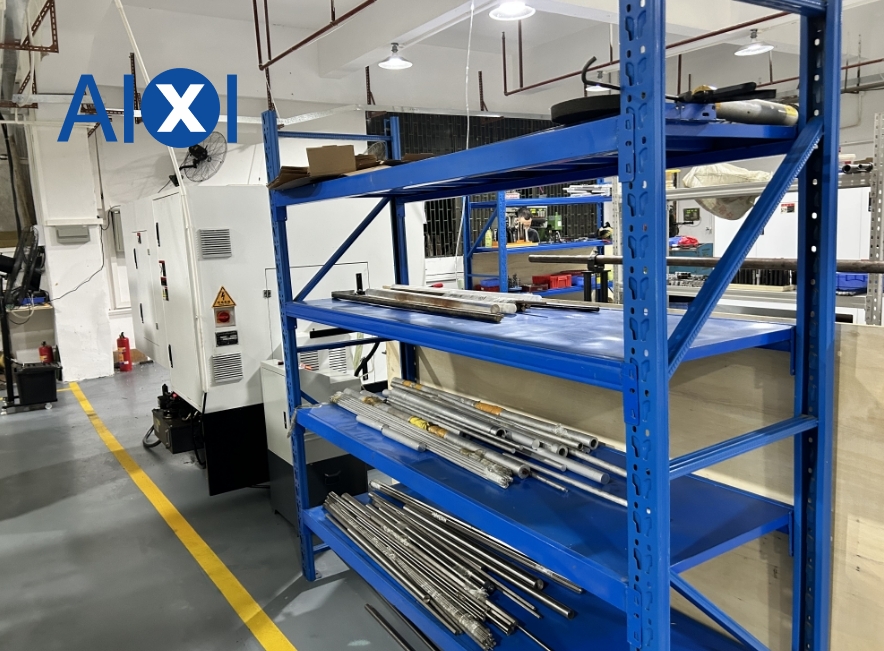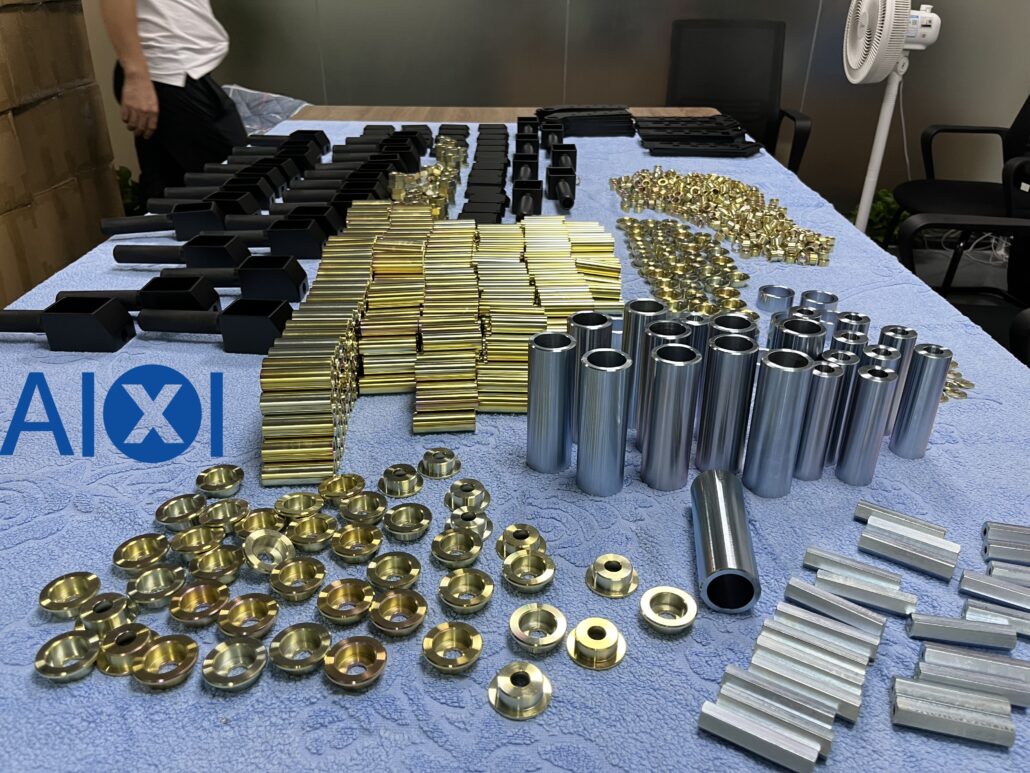Computer numerical control (CNC) machining is a crucial process in manufacturing, enabling the precise cutting and shaping of various materials. The success of any CNC machining project depends heavily on the choice of material. Selecting the right material ensures the desired functionality, durability, and cost-efficiency of the final product. With so many options available, choosing the most suitable material for your CNC machining project can be a daunting task. This article will guide you through the key considerations and factors to evaluate when selecting CNC machining materials.
Material Properties:
The first step in choosing the right CNC machining material is understanding the basic properties of different materials. Common materials used in CNC machining include metals (such as aluminum, steel, and titanium), plastics (including acrylic, nylon, and polycarbonate), and composites (like carbon fiber and fiberglass). Each material has its unique strengths, weaknesses, and applications.
Metals: Metals offer high strength, durability, and thermal stability. They are suitable for precision machining and can withstand high temperatures without warping or deforming. However, metals can be difficult to work with due to their hardness and density, which may require more powerful machines and longer machining times.
Plastics: Plastics are lightweight, easy to machine, and offer good chemical resistance. They are ideal for prototyping and low-volume production. However, plastics may not have the same strength and durability as metals and may not be suitable for high-stress applications.
Composites: Composites combine the strengths of different materials, offering high strength-to-weight ratios and exceptional durability. They are often used in aerospace and automotive applications where lightweight yet strong materials are essential. However, composites can be expensive and challenging to machine due to their complex structure.
Machining Considerations:
When selecting a material for CNC machining, it’s crucial to consider the machining properties. Different materials respond differently to cutting tools and machining processes.
Hardness: The hardness of the material determines how difficult it is to cut. Harder materials require more powerful machines and sharper cutting tools, which may increase machining time and costs.
Thermal Properties: Some materials generate a lot of heat during machining, which can cause warping or deformation. Materials with good thermal stability, such as titanium or certain plastics, are better suited for these applications.
Machining Speed: Different materials have different machining speeds. Some materials can be machined quickly, while others require slower speeds to avoid damage or deformation. Understanding the optimal machining speed for your material is essential for efficient production.
Cost Considerations:
Cost is a crucial factor in selecting CNC machining materials. The cost of materials can vary widely depending on their type, availability, and processing requirements.
Material Cost: The cost of the raw material itself can vary significantly. Metals, especially precious metals like titanium or aluminum, can be expensive. Plastics and composites may be more cost-effective, depending on the specific type and quality.
Machining Cost: The cost of machining also depends on the material’s hardness, machinability, and the complexity of the desired shape. Harder or more difficult-to-machine materials may require more expensive cutting tools and longer machining times, increasing the overall cost.
Post-Processing Cost: Some materials may require additional post-processing steps like finishing, coating, or heat treatment, which can add to the overall cost.
Design Considerations:
The design of your product or component will also influence the choice of CNC machining material.
Functional Requirements: Consider the functional requirements of your product. Will it need to withstand high temperatures, corrosive environments, or repeated stress? Choose a material that can meet these requirements.
Weight Considerations: If weight is a critical factor (such as in aerospace or automotive applications), lightweight materials like plastics or composites may be preferable.
Aesthetic Considerations: If the appearance of your product is important, consider materials that can achieve the desired finish or color. Some plastics and metals can be easily polished or coated to achieve a high-quality finish.
Sustainability Considerations:
With increasing focus on sustainability, considering the environmental impact of your chosen material is crucial.
Recyclability: Can the material be recycled or reused at the end of its lifecycle? Choose materials with high recyclability to reduce waste and environmental impact.
Environmental Impact: Consider the environmental impact of the material’s production and processing. Some materials may have higher energy requirements or emit harmful emissions during manufacturing.
Sourcing and Supply Chain: Ensure that your chosen material is sourced from responsible and sustainable suppliers. Consider the impact of the supply chain on the environment and communities.

 Deutsch
Deutsch Français
Français 日本語
日本語 Español
Español

